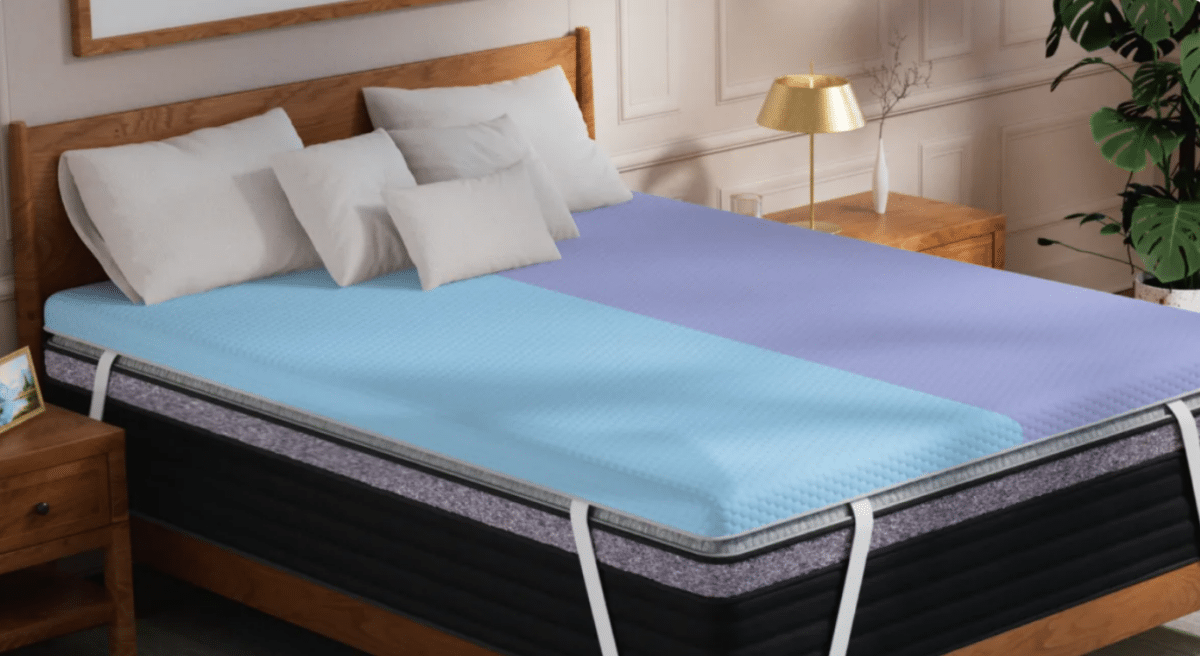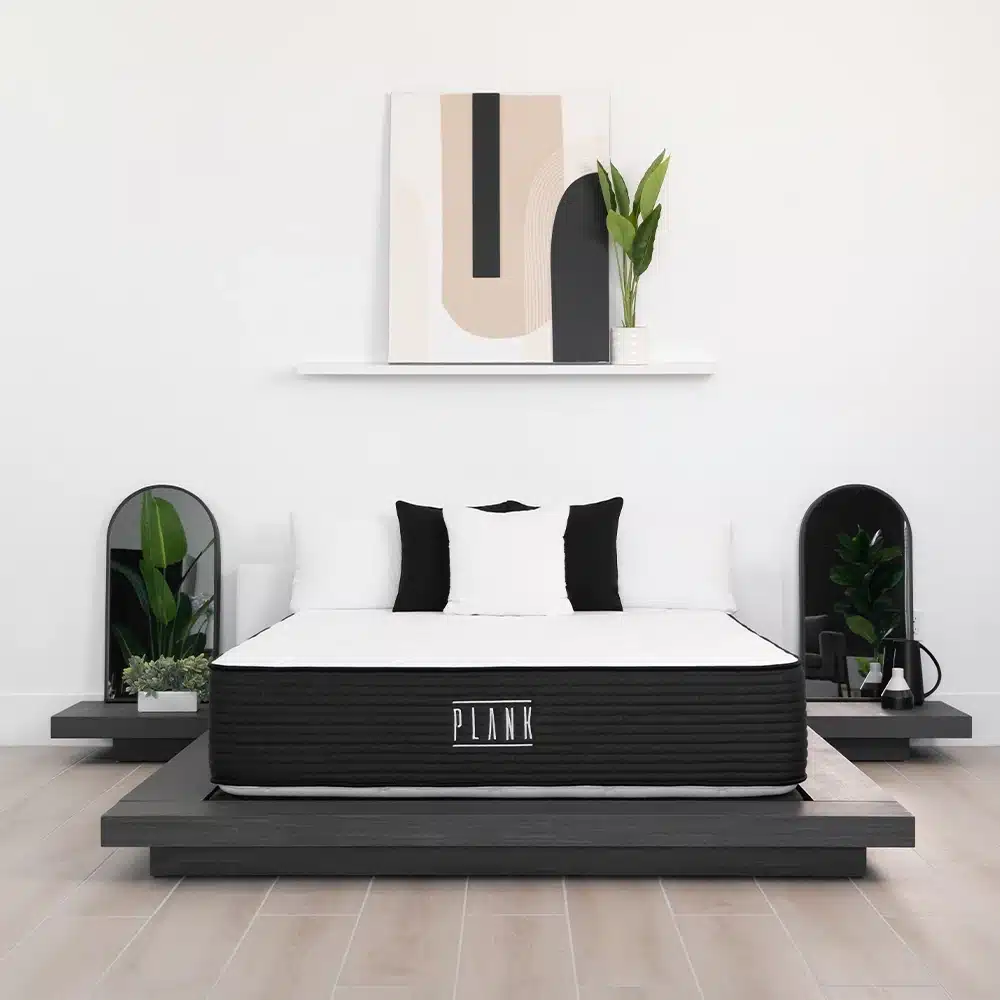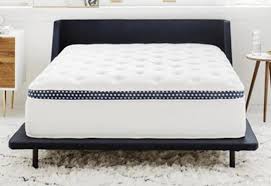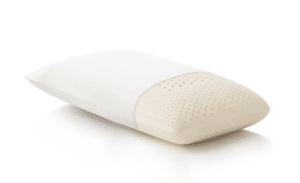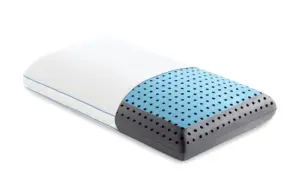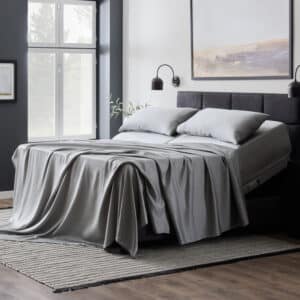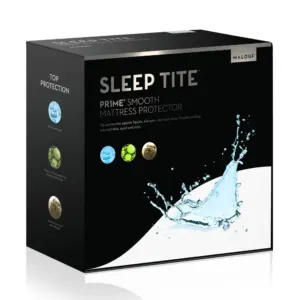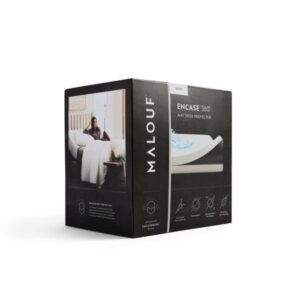How Anti-Snoring Mouthpieces Work
Snoring can be a persistent problem, disrupting the peace of those who share a bedroom or nearby living space. For the snorer, it’s often a hidden nuisance—something they remain blissfully unaware of, while their loved ones may endure sleepless nights. According to estimates, millions experience this issue, many of whom may not recognize it without feedback from others. Even individuals who sleep alone might face disrupted rest and suffer from increased daytime fatigue and drowsiness, completely unaware of the underlying cause.
Understanding the Mechanics of Snoring
Snoring typically arises from a relaxation of the throat muscles during sleep. As the entire body unwinds, these muscles can inadvertently obstruct the airway. This blockage leads to difficulties in breathing, which in turn results in the sound of snoring. A snorer might awaken intermittently throughout the night, often experiencing shortness of breath or a parched mouth. The common habit of sleeping with the mouth open further exacerbates this issue, contributing to dryness in the throat and an overall disrupted sleep cycle.
The Role of Anti-Snoring Mouthpieces
When it comes to combating snoring, one innovative solution is the anti-snoring mouthpiece. Developed by dental professionals, these oral devices are designed to control jaw and tongue positioning during sleep, significantly reducing the likelihood of snoring. Called mandibular advancement devices (MADs), these mouthpieces prevent the tongue from sliding backward and help maintain the jaw in a secure position. Additionally, they work to keep soft palate tissues from obstructing the airway, facilitating unobstructed breathing throughout the night.
How They Function
Anti-snoring mouthpieces operate by applying gentle pressure to the jaw, prompting it to shift slightly forward. The initial adjustment period can be uncomfortable. Many users report finding the devices awkward at first, but with time, they often adapt well, gaining relief from snoring. However, it’s worth noting that some individuals may struggle to acclimate due to discomfort, excessive pressure on the jaw, or sensitivity in the teeth. For these users, alternative interventions—such as surgical options—may be necessary to ensure a clear airway.
Importance of Professional Fitting
Before trying an anti-snoring mouthpiece, it’s essential to consult with a healthcare professional. A doctor’s recommendation combined with a dentist’s fitting guarantees that the device molds appropriately to the individual’s mouth structure. While online, self-fitting mouthguards may seem convenient, they often lack the necessary FDA approval that ensures safety and effectiveness. Self-diagnosing and using these devices can mask more serious conditions, such as sleep apnea, which may go unrecognized and untreated.
The Advantages Over Other Treatments
Anti-snoring mouthpieces serve as a viable alternative to Continuous Positive Airway Pressure (CPAP) machines, which can be cumbersome and uncomfortable for many users. Apart from their compact size and ease of use, mouthpieces also tend to be more budget-friendly, generally requiring just a single purchase. However, it’s crucial to choose a mouthpiece crafted from medical-grade materials that are both BPA-free and latex-free to avoid any potential health risks.
Conclusion: A Path to Peaceful Sleep
In summary, anti-snoring mouthpieces provide an effective solution for individuals struggling with snoring. By maintaining proper jaw alignment and keeping the airway clear, these devices can help restore quiet to shared spaces and improve sleep quality. However, as each individual’s needs may vary, it’s important to involve a doctor and dentist in the decision-making process. This ensures not only the best fit for comfort but also addresses any underlying medical issues. Remember, achieving restful sleep is essential for everyone involved, and a professional approach can significantly enhance the effectiveness of anti-snoring mouthpieces.




